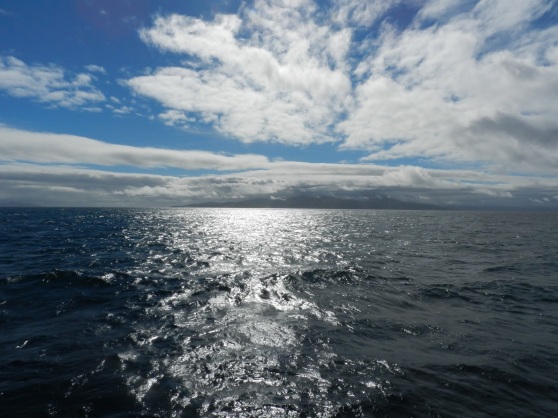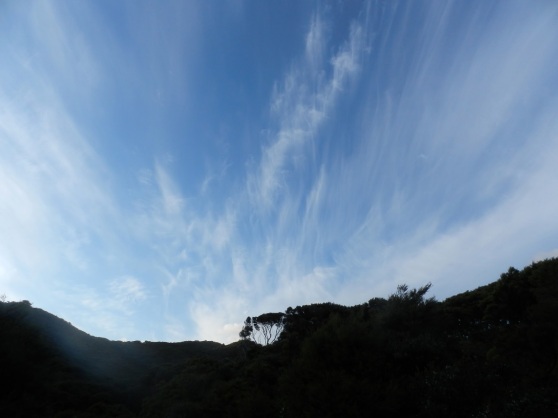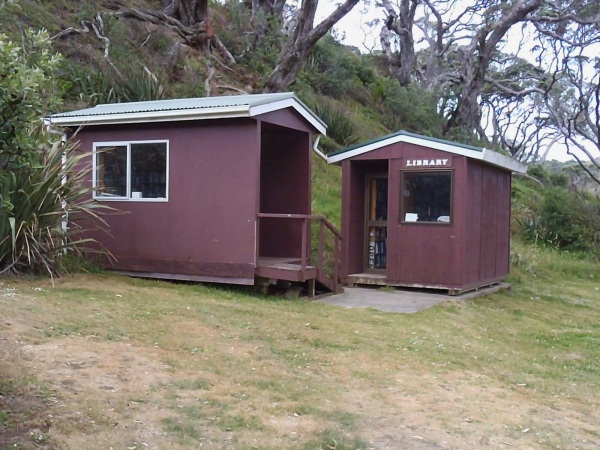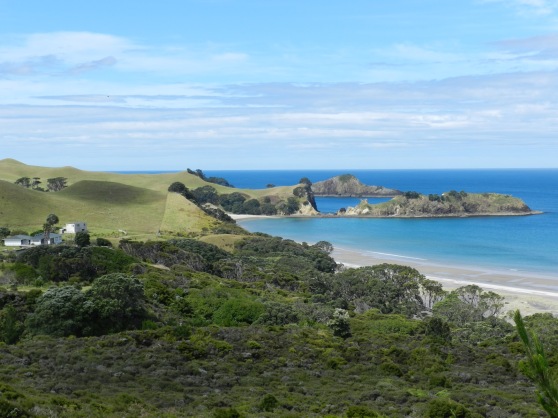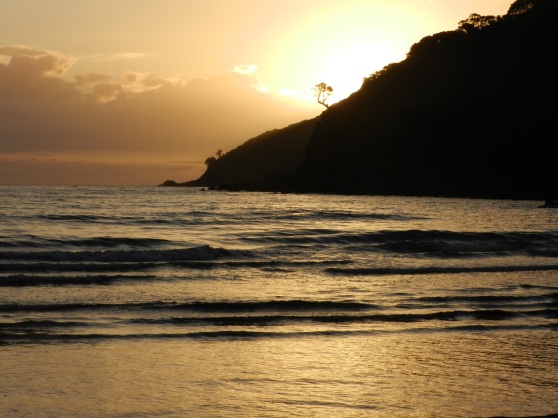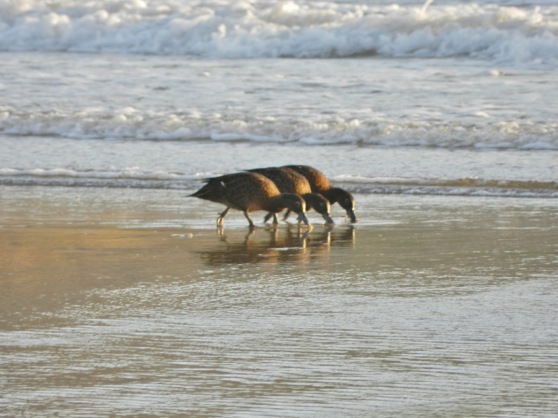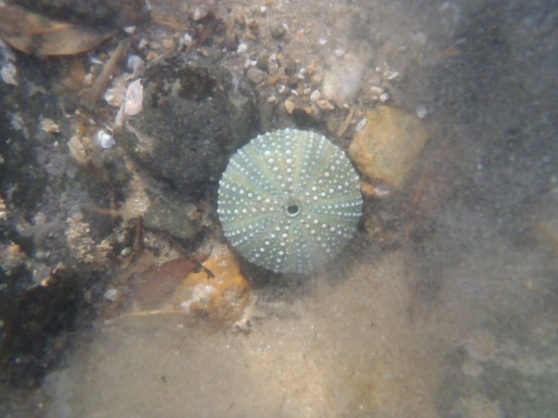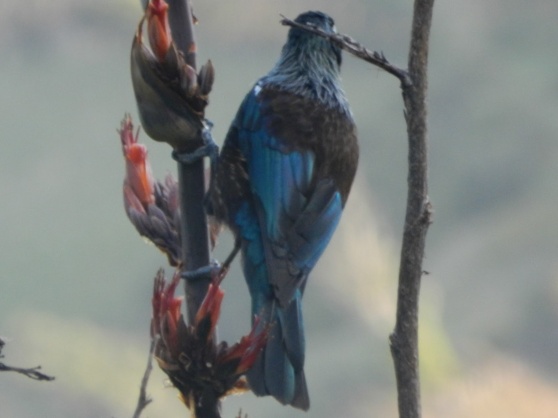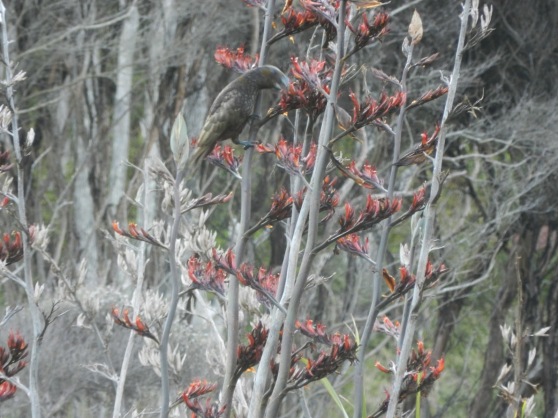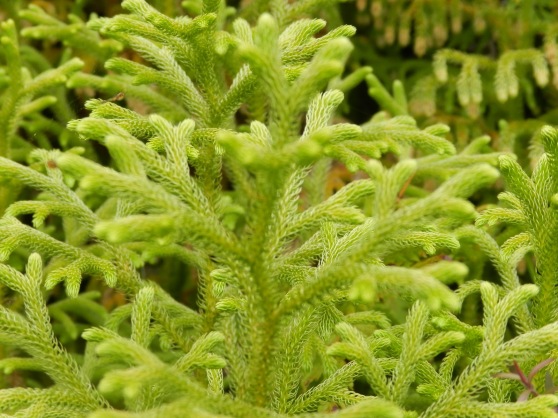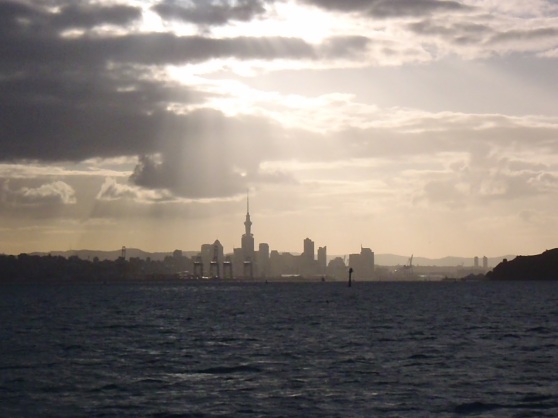“I should probably say first that the kind of hope I often think about (especially in situations that are particularly hopeless, such as prison) I understand above all as a state of mind, not a state of the world. Either we have hope within us or we don’t; it is a dimension of the soul, and it’s not essentially dependent on some particular observation of the world or estimate of the situation. Hope is not a prognostication. It is an orientation of the spirit, an orientation of the heart; it transcends the world that is immediately experienced, and is anchored somewhere beyond its horizons. I don’t think you can explain it as a mere derivative of something here, of some movement, or of some favorable signs in the world. I feel that its deepest roots are in the transcendental, just as the roots of human responsibility are, though of course I can’t – unlike Christians, for instance – say anything concrete about the transcendental. An individual may affirm or deny that his hope is so rooted, but this does nothing to change my conviction (which is more than just a conviction; it’s an inner experience). The most convinced materialist and atheist may have more of this genuine, transcendentally rooted inner hope (this is my view, not his) than ten metaphysicians together.
Monthly Archives: December 2011
Great Barrier Island
I had some time off recently and did a three island trip over my holiday. I first kayaked to Rangitoto, as previously blogged. Then I took the slow ferry out to Great Barrier Island. It is a 4.5 hour trip on the ferry as it is a big ferry that carries over vehicles and supplies to the island. The island is very remote feeling, although it really isn’t that far from Auckland. It doesn’t have running water or electricity, the houses and bachs (short for “bachleor’s” cabins) have solar and wind power and store water in cisterns. I kept being shocked by the scale. I had read in the tourist guides and they talked about “cities” and “restaurants,” but the truth is, I drove through Tryphena twice before I realized I was actually in it. The restaurants were very informal settings and many of them felt extremely local. Since the island only has 900 year round residents, it is quite a small community.
The wildlife is incredible. I was most thrilled about the wild parrots (Kaka) flying about, eating flax flowers, squabbling and chasing each other. From the top of Hirakimata, it sounded like a jungle below as Kaka sqwacked and chased each other. There were a lot of Tui, also, and the island has a large population of Brown Teal, which are endangered elsewhere.
On the way back we saw numerous whales spouting (I was disappointed to not be able to see anything more than a spout of water, but it was still exciting). Then we had dolphins that came up to the ferry for awhile. I have noticed that the wind and sun make an incredible difference in being able to get good photographs. There was a lot of sun on the water and so not very good photos. Also, if it is too cloudy, it is hard to see very deeply in the water. Other times, with the right angle of sun and lack of clouds, I have gotten crystal clear photos of dolphins.

